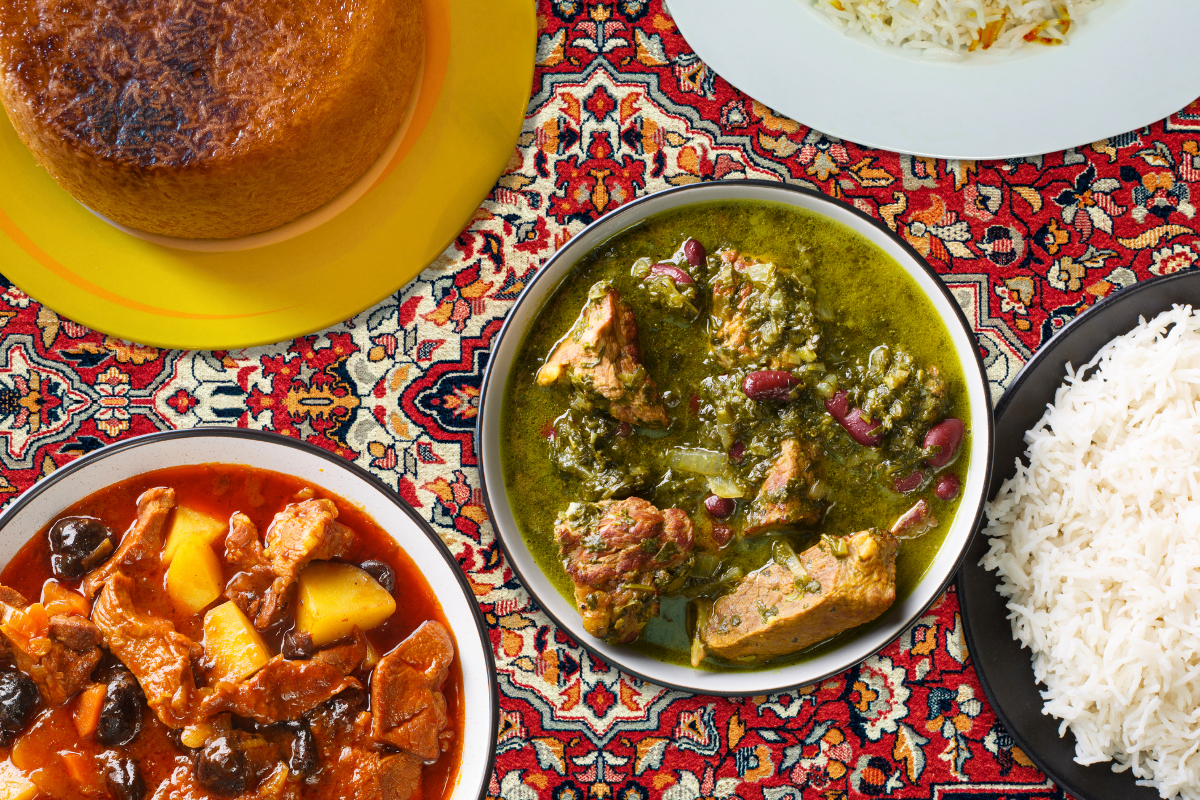“Iran is the most beautiful country in the world,” my 85-year-old maternal grandmother has said to me repeatedly throughout the past three decades.
Forced to abandon her life in the Middle Eastern region as a direct result of her being Jewish back in 1979 during the Iranian Revolution, when the monarchy was toppled and the Islamic republic was officially established, my nonna’s fond memories of her country of origin don’t seem to be tainted by the antisemitism that has defined Iran’s politics for the past 45 years.
Usually spurred to action by comments pointing out my cultural shortcomings — tell me about a new restaurant and I’ll immediately make a reservation — Nonna’s words only remind me of my inability to visit Iran. The current political turmoil involving the region and the Jewish state of Israel, which I consider my home although I have never actually lived there, is only the latest chaos in a history of strained relationships. To put it simply: it has not been safe to travel to Iran as a Jew for the past few years and it will likely continue to be difficult for years to come.
And yet, although not sharing a predilection for the governing body’s politics or lifestyle, I can’t help but feel a sense of kinship to Iranian culture. Something about it is part of who I am, a feeling that isn’t only sustained by the fact that my own mother was born there and speaks to me, my siblings and my own kids in Farsi.
Although my mom’s family was not able to bring much along when suddenly fleeing Iran for the United States, there is an innate portion of their “Iranian-ness” that made it to this side of the Atlantic: the knowledge of their own culture, one heavily reliant on food and involving recipes that date back centuries.
And so, throughout the 45 years spent away from her home country, my nonna has been able to impart facets of the region’s culture onto her descendants by preparing dishes that defined her own childhood.
Turns out that I’m Iranian by heritage and by the foods I consume regularly at home.
More specifically, my Persianness is mostly felt during the regular Shabbat meals that I enjoy alongside my extended family almost every Friday night.
The occasions are such involved affairs — both in culinary and emotional terms — that I almost consider them the predecessors to today’s endless array of immersive experiences.
Among children’s laughter and cries of exhaustion, political discussions and quotidian arguments among members of the same kin, familiar smells take over the homes in which we gather: turmeric, onion, oregano, saffron, sumac and mint melt into a concoction of aromas that many Americans may simply regard as “ethnic” but, to us immigrant Iranians, smell like home — a home that we might not have seen with our own eyes, spread across a land we’ve never been able to touch with our own hands, but one that still feels like part and parcel of our outlook on life.
The dishes themselves have more than one story to tell. During an average Shabbat meal, a parade of khoreshts — stews of different colors that can be made with a variety of vegetables and meats, usually eaten with rice — may lead to conversations about my mother’s and my aunt’s experiences in Iranian schools, where the food was often served for lunch.
There are dolmeh felfel — Persian stuffed peppers — that Nonna has been preparing with her hands since learning the recipe from her own mother and aunts, and there’s the ash, a noodle soup that is, apparently, an absolutely necessary menu item once a baby grows his or her first teeth.
There are also traditionally made kotlets, Persian meat patties made with ground beef, eggs and spices and then fried in a pan. Every so often, my father — born in Israel, raised in Milan, Italy, but also of Iranian heritage — recalls the sandwiches that his mother, my paternal grandma Channah, would make for him and his siblings on Friday afternoon: a ciabatta bread filled with kotlets, eggs, potatoes and mayo. His eyes sparkle — and my mouth waters — every single time he mentions the meal, which I’ve come to picture in my mind clearly despite never having met Nonna Channah, unfortunately.
But the power of food in connecting generations goes both ways: there’s the tahdig, for example, the crispy rice found at the bottom of the pot (a personal favorite, I must say). While planning the menu at our wedding, my now-husband Perry and I agreed that the dish should take center stage, perhaps served with a slew of different khoreshts. Suddenly, a dish that had defined my grandmother’s childhood and early adulthood in Iran became a big part of my own spousal relationship on the other side of the world, despite neither of us eever having actually been to the food’s country of origin. “Old” food can easily create new memories.
Beyond the flavors that have now come to define my culinary proclivities and weekly at-home food menus, Iranian dishes have, in a way, assuaged my feelings towards a society of people that I associate with heartbreak. I cannot feel tenderness for a government that so harshly kicked out my relatives because they were Jewish, especially since the politics of the region don’t seem to have changed much since 1979. I can, however, appreciate everything that the country could be, if the people were only given a chance.



